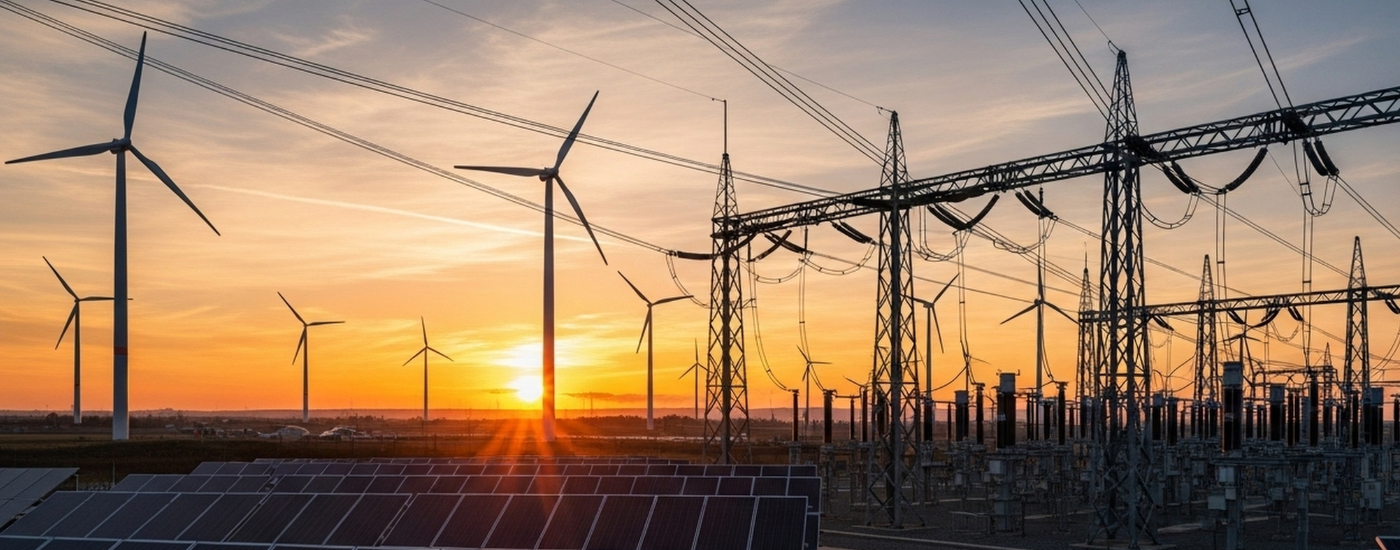The latest summary edition of our monthly Australian energy & environmental market update is now available. Keep reading for energy and carbon pricing movements, policy updates and other news.

This month we cover energy and environmental market movements, early details of the 2024 Integrated System Plan (ISP) from AEMO, and updates on the Australia Government’s Capacity Investment Scheme (CIS).
Keep reading for an overview of key market developments and a discussion of the impact of these announcements.
A comprehensive report with additional insights, charts and commentary from our industry analysts, is available to paid subscribers. Contact our team to find out more.


For a comprehensive update on the ACCU market, read our ACCU Monthly Market Report here.



AEMO will put a value on emissions reduction for the first time in the final 2024 ISP when it is released in June of this year.
AEMO has confirmed that they will put a value on emissions reduction for the first time in the final version of the 2024 ISP, due out by the end of the financial year.
Pricing, which comes from the AER’s guidance, begins at $70/tonne in 2024, increasing annually to $105/tonne by 2030.
These values arise from the IPCC’s cost of abatement figures.
Valuing emissions comes as a direct consequence to the AER’s amendment of the National Energy Objective (NEO), where a reference to emissions reduction was included for the first time in September of last year.
To date, the ISP has had an implied carbon cost through a carbon budget, which caps the aggregate emissions out to 2030.

The Australian Government hosted a consultation webinar to provide further details on the Capacity Investment Scheme, which will underwrite 32 GW of new capacity.
On the 8th of March, the Australian Government hosted a consultation webinar to discuss details of the recently-announced Capacity Investment Scheme (CIS). Here are the key findings:
The government will essentially underwrite 23 GW of variable renewable energy and 9 GW of “Clean Dispatchable” energy, by topping up a certain percentage of revenues below a nominated floor, and clawing back a certain percentage of revenues above a nominated ceiling.
Revenue top-ups are contingent on assets meeting availability and minimum performance requirements.
The government will run tender processes every 6 months, with the first tender for 6 GW of generation capacity due in May of 2024.
The submission process entails 3 steps:
Top-ups and claw-backs are made post all revenues, including PPAs, green products and ancillary services revenues. The CIS is not anticipated to impede on the contracting market.
Settlement is quarterly, with a true up completed annually.

The events outlined in this month's update highlight the evolving nature of carbon, environmental and energy markets and the complexity of the net zero transition.
To discuss your unique requirements, get in touch with our team today to see how we can help.
Australian Energy & Environmental Market Update - March 2024

As the NEM Review lands, attention rightly turns to system-level settings. But much of the commercial change shaping renewable and firming supply is already unfolding inside over-the-counter (OTC) energy markets. This article sets out what’s already shifting commercially in a market under review.

As the NEM Review lands, attention rightly turns to system-level settings. But much of the commercial change shaping renewable and firming supply is already unfolding inside over-the-counter (OTC) energy markets. This article sets out what’s already shifting commercially in a market under review.